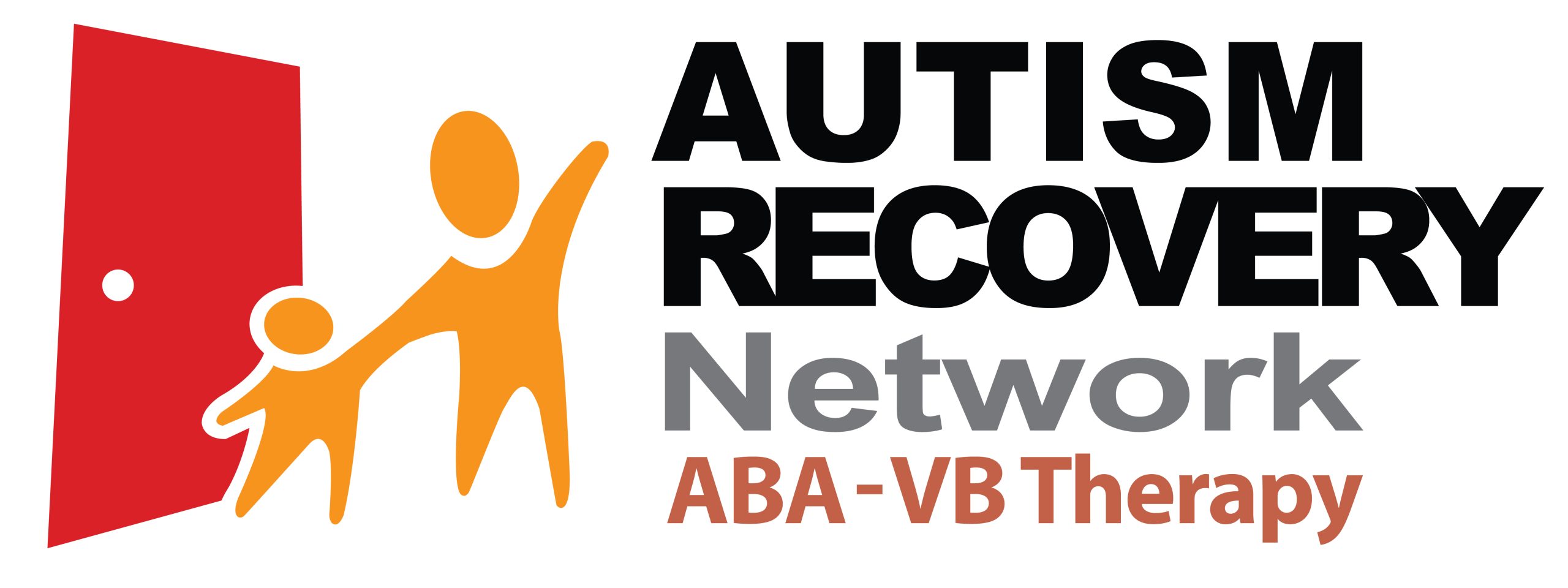She was consequently forced to acquire most of her knowledge by lip-reading. On the side, using her own slang of hand signs and facial expressions, she learned to fingerspell almost every word in the dictionary.
“We were not allowed to sign because the teachers wanted us to get used to speech reading, but my classmates and I would still communicate with signs behind her back,” the 39-year-old said.
“The public seemed to think that if you couldn’t improve your deafness, you should hide it. So even if you weren’t ashamed of it, you were taught to be.”
She was not alone. Many of Hong Kong’s hearing-impaired have spent a lifetime learning to do what couldn’t be more unnatural – pretending to hear well.
For Lo, a former graphic designer, her deafness stood as an insurmountable wall between her and colleagues.
“And it wasn’t just my co-workers. It was always overwhelming to communicate with others, from the hospital to the police station, or just when on public transport.”
For the past 13 years, Lo has been a sign language instructor at the Chinese University of Hong Kong’s Centre for Sign Linguistics and Deaf Studies. She teaches young children in the school’s Co-enrolment in Deaf Education Programme, in which deaf and hearing pupils learn together through a combination of sign language and speech.
“There is a need to learn basic signing, even if you’re not profoundly deaf. It is the only language we know and makes deaf people feel welcome and included,” Lo said.
Felix Sze Yim-binh, assistant professor at the university’s Department of Linguistics and Modern Languages, said society’s knowledge of sign language was rudimentary.
“Quite a lot of deaf people graduated from deaf schools that prohibited the use of sign language,” Sze said. “They were taught that it was bad to sign, so they have internalised this negative image along with the low self-esteem that comes with it, since they cannot speak well.”
Teachers in Hong Kong used to be reluctant to encourage signing because they thought it would slow down the process of learning to lip-read.
However, that has been shown not to be the case.
“The reality is that one’s hearing will depreciate with time. So even if they are able to hear a little and communicate well with lip-reading, that may change as they age. If you wait until then to learn sign language, the critical period for language acquisition is gone and you’ve missed the best opportunity,” the 44-year-old professor warned.
In hope of promoting sign language teaching, the centre last year started Hong Kong’s first Certificate Programme in Sign Language Teaching, which offers practical but academically-based training. The programme aims to professionalise the job of teaching signing.
Lo helped design the curriculum for the 160-hour course. It comprises basic sign language grammar, an introduction to sign languages and deaf communities, sign language teaching methodology, and a sign language syllabus. It also gives students a chance to put what they have learned into practice and gain experience in the sign language teaching profession.
“The public need to understand that they should not isolate the deaf,” Sze said. “Deaf people are not ashamed to use sign language. But there are still a lot of misconceptions.”
Late last year, 13 deaf students became the first batch to graduate from the programme.
Sze urged the government to ensure the hearing-impaired are educated on an equal footing with other Hongkongers, using sign language.
“You do see increasing visibility of sign language interpretation services in the media, such as at Legislative Council meetings and on RTHK channel 31,” Sze said. “However, this is not enough. The most important thing is to improve education for the deaf so we can better their standard of living.”
Link to original article: http://www.scmp.com/news/hong-kong/education/article/2136406/hongkongers-told-learn-basic-sign-language-help-city-get

